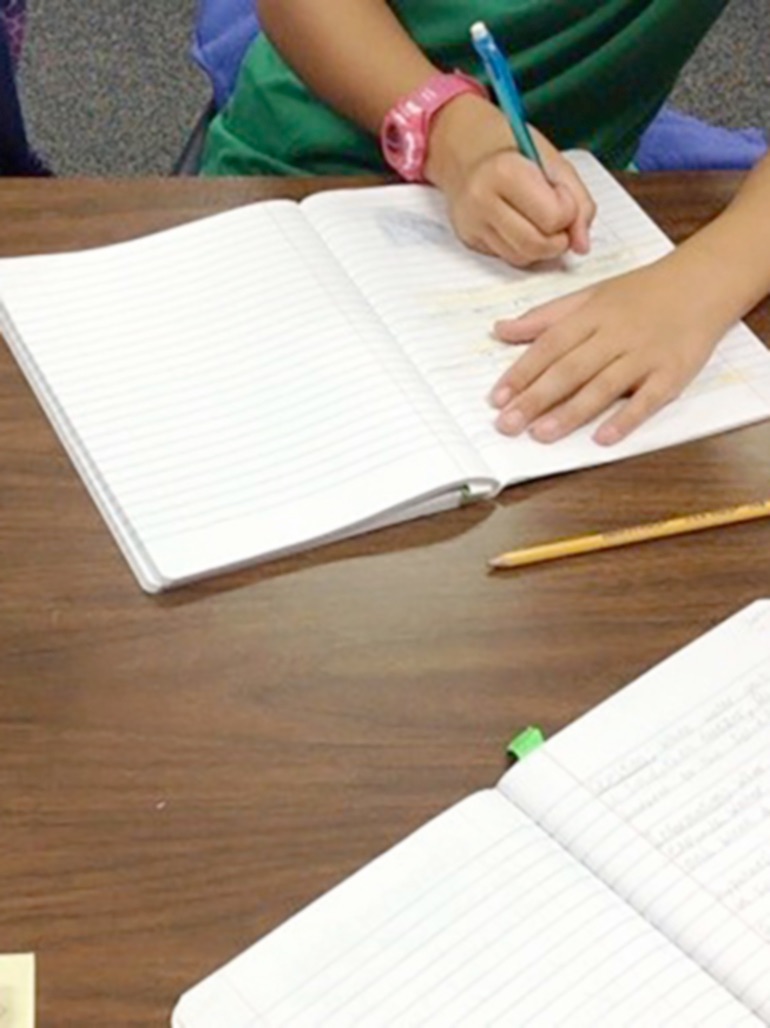Chapter 9: A Large and Lovely Accomplishment: Three Types of Non-Ficton Writing for Fourth Graders
A Large And Lovely Accomplishment: Three Types Of Nonfiction Writing For Fourth Grade Writers

by Kate Corson
The collected knowledge of nonfiction
When I was 15 years old, I went to the public library for the first time in my life and asked for a specific title, a nonfiction title—Rachel Carson’s Silent Spring. I forget how I learned about the book; perhaps from the daily newspaper, my brother’s Village Voice, or my parents’ Time magazine. The librarian looked at me with suspicion. What was a teenage girl doing requesting a nonfiction book when school wasn’t in session, particularly this one? In a small farm community in Ohio, suggesting that field chemicals were dangerous, as this book did, was almost subversive. Despite the librarian’s attitude, I checked out Silent Spring that day, and I still remember the ensuing conversations with my parents at the kitchen table as I was reading it. Did they know about the DDT Dad was putting on the ground around us? How could he be so cavalier in saying that he was sure it was in our well water? Didn’t he know what it might be doing to us and to the environment?
Reading Silent Spring was a watershed event for me. This intriguing book gave me important information about my life. What else didn’t I know about what people were doing to damage my world? Moreover, I was peripherally aware of other implications it held for me. The author of this book was a female researcher and author, uncovering and writing about controversial information in the environmental science arena. Here was a true story, both narrative and researched, which drew readers in. Here was a book with facts that would change my world and what I thought about myself.
Given my interest in the environment and because I was a girl who liked to push boundaries, I chose to major in agricultural engineering as an undergraduate. In the technical writing class required by my major I learned that less is more. If words aren’t necessary, delete them. If they aren’t precise, replace them. Therefore, so, in conclusion, however, in addition, interestingly: all were cut from writing unless they truly added value. The goal was to be clear, complete, and concise. Later as an engineer for a regulatory agency, I primarily wrote reports summarizing inspection and analysis results. It was important to my audience that I be clear, complete, and concise in my writing.
Eventually I came to realize my work was not aligning with my passions or dreams. I came to understand that through teaching I could be myself (the tree hugger and science geek who speaks out for her beliefs). I completed my education degree thirteen years after the engineering degree, and since then I have taught fourth or fifth grade in a suburban, middle class community.
Because of my particular, previous experiences with reading and writing, nonfiction permeates my teaching. The research and narratives of an impassioned author and the technical writing of an engineer impacted my life; and so in the classroom I continue to pursue ways to best teach content while also helping students value what they are learning. I encourage my students to be scientists, dreamers, writers, readers, environmentalists, and activists. To encourage them to create and pursue dreams, I bring them true stories, nonfiction stories.
We have found many books that draw us in just as Silent Spring drew me in when I was young. For the boy who loves to draw I read The Boy Who Drew Birds: A Story of John James Audubon. There are stories of children who became presidents (To Dare Mighty Things: The Life of Theodore Roosevelt) and underwater explorers (Manfish: A Story of Jacques Cousteau). Some books recreate the field notebooks of scientists (Searching For Grizzlies) and others share the process of scientific discovery (Scaly Spotted Feathered Frilled: How Do We Know What Dinosaurs Really Looked Like?) These books are creative and descriptive, with funny anecdotes and lots to be inferred about life and learning. They tell true stories that help my students learn about their world and how they might fit into it.
My students and I also learn through inquiry. Rather than provide facts I provide support as they investigate questions and problems they are interested in and choose to learn more about. They design experiments, share strategies, and study topics individually and in groups. I ask them to write across the curriculum and throughout the inquiry process. They write to share information, tell stories, reflect on learning, and respond to questions.
Underlying all this work we do together is my belief that nonfiction writing carries forward the continuum of collected knowledge and to be one of its writers is a large and lovely accomplishment. Very, very few of my students will be lifelong writers of fiction, but they will all experience and learn, throughout their work and their lives, as they read and write nonfiction. They are all part of an intricately connected world and as such they need to be able to tell their stories well because they as humans have value and their stories have value. However their messages should be clear to the people who hear them. Throughout our time together, then, I work to help students understand how it is that nonfiction writing carries forward the continuum of humanity’s collected knowledge. And I work with them to construct the understanding that to be one of its writers is, indeed, a large and lovely accomplishment.